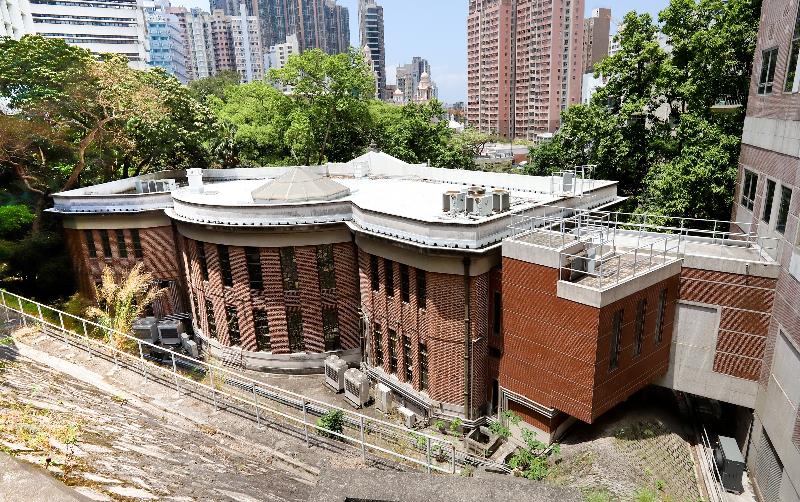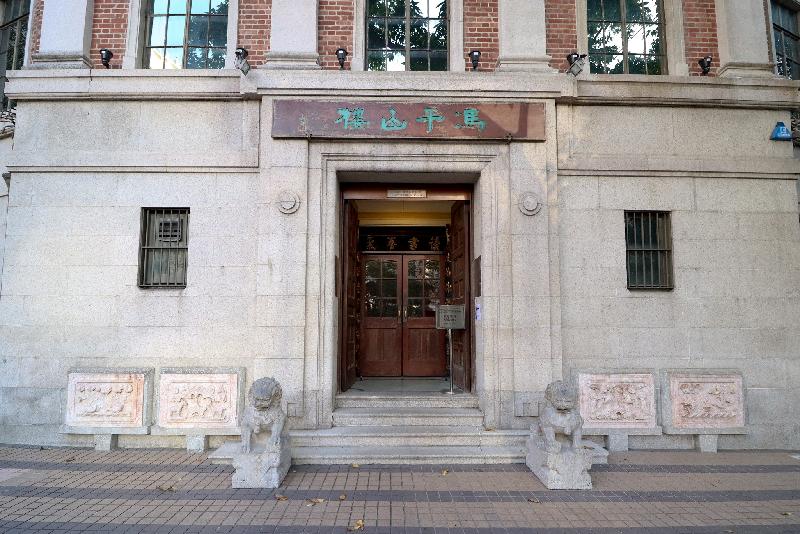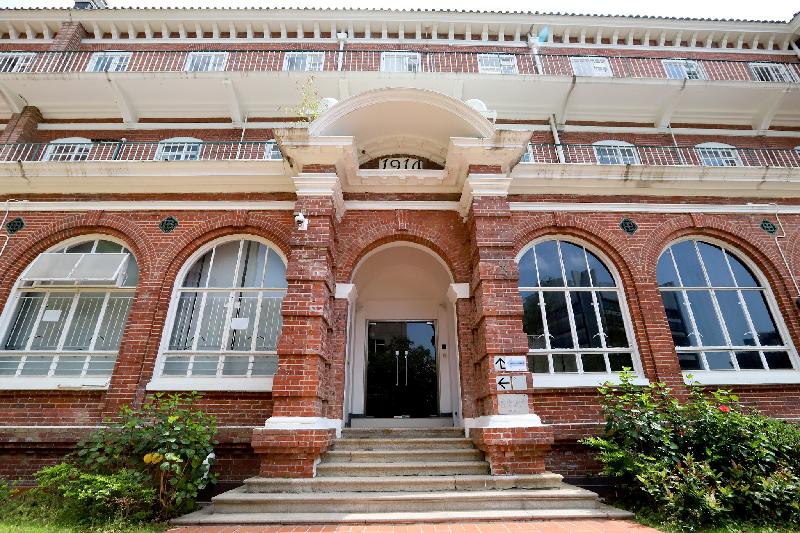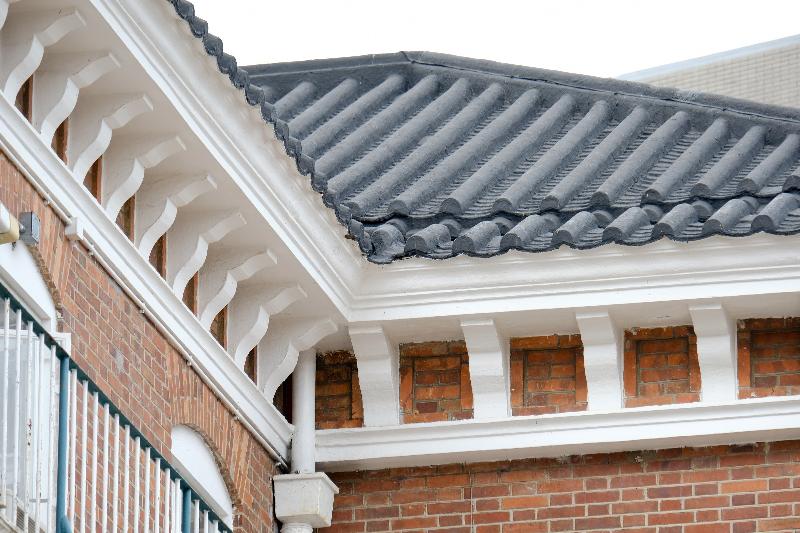Gazettal of commencement notice, exposure limits rules, revised capital rules and revised disclosure rules under Banking Ordinance
The Banking (Amendment) Ordinance 2018 (Commencement) (No. 2) Notice 2018 (Commencement Notice), the Banking (Exposure Limits) Rules, the Banking (Capital) (Amendment) Rules 2018 (BCAR) and the Banking (Disclosure) (Amendment) (No. 2) Rules 2018 were gazetted today (November 16) to implement some recent international standards on banking regulation in Hong Kong.
The three sets of banking rules seek mainly to implement in Hong Kong certain standards promulgated by the Basel Committee on Banking Supervision:
(a) the “internal assessment approach” of the 2014 revised securitisation framework (further revised in 2016), which is a methodology for calculating capital requirements of certain securitisation exposures in asset-backed commercial paper programmes;
(b) the 2016 TLAC holdings standard, which generally sets out the regulatory capital treatment of banks’ holdings of certain subordinated instruments capable of absorbing losses should the issuing entities become non-viable; and
(c) the 2014 standards Supervisory framework for measuring and controlling large exposures, together with certain local capital and disclosure requirements on concentration risk in sovereign exposures to complement the implementation of the standards.
The Commencement Notice seeks to appoint July 1, 2019 as the commencement date for repeal of the relevant provisions of the Banking Ordinance, which will be replaced by the Banking (Exposure Limits) Rules to be effected on the same day.
A government spokesman said, “The continued implementation of Basel III standards will ensure the resilience of our banking system and reinforce Hong Kong’s status as an international financial centre.”
A Hong Kong Monetary Authority spokesman said, “We have carefully considered the banking industry’s comments in the course of formulating the rules to ensure that they are appropriate in strengthening the regulatory regime for authorized institutions under the local circumstances.”
The four pieces of subsidiary legislation will be tabled before the Legislative Council on November 21, 2018 for negative vetting and will come into operation respectively on January 11, 2019 for item (a), April 1, 2019 for item (b) and July 1, 2019 for item (c) above. read more








